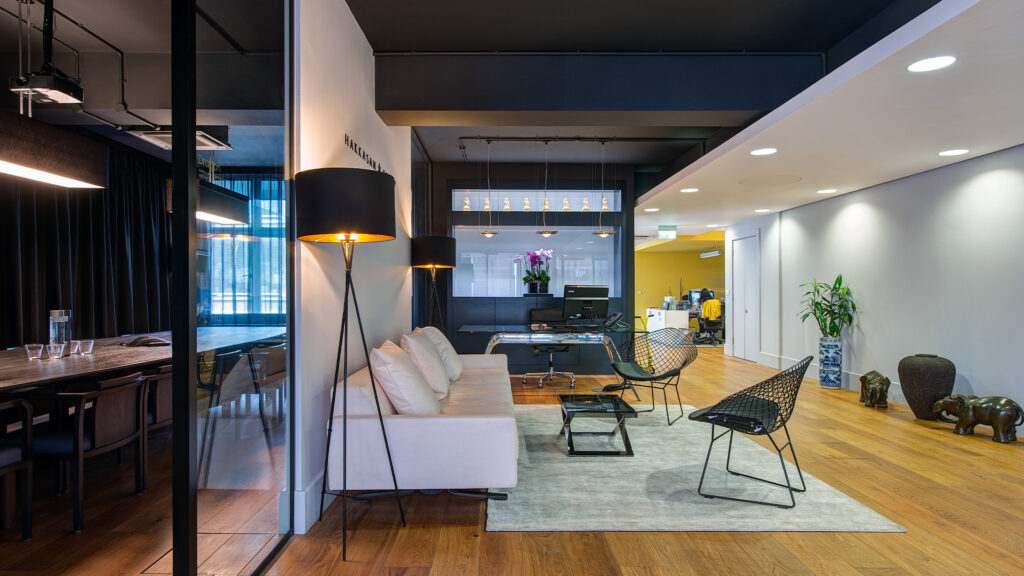Here’s something most office fit out companies won’t tell you … even a fit out with the best team (like us!) working on it can suffer delays.
Landlords and local authorities can be notoriously slow in granting permissions. External events – everything from bad weather and traffic jams to strikes or a supplier going out of business – can cause delivery problems. Whichever way you slice it, delays are an occupational hazard.
And if you don’t manage the risks properly, you’re going to seriously lose all your hair in the process of creating your office utopia. It’s more stressful than commuting on Southern Rail.
Now, delays are bad because in any delay in the completion of a project is usually accompanied by an increase in cost, for which someone is responsible.
If the delay is your responsibility, perhaps because you’ve forgotten to organise a telecoms connection, then you may be stung with an extension of time under the works contract. This means extra costs.
On the flip side, if your office fit out contractor is responsible, then you should expect them to absorb any additional costs. In certain cases, you might also be entitled to compensation to cover your actual losses if the contractor misses the completion date.
Compensation usually takes the form of liquidated damages or LADs, which aren’t as scary as they sound.
Liquidated damages are simply a reasonable estimate of the actual losses that you’ll likely suffer if there’s a delay in practical completion – things like rent on temporary accommodation, extra running costs and removal costs.
It’s not exactly a penalty, but liquidated damages can definitely be substantial amounts if it all goes pear-shaped during construction. The tricky bit? You have to agree the amount of LADs upfront in the contract. Make sure you understand what’s in the design and build contract before you sign.
But also, remember you need to stay in control of the factors you’re supposed to be in control of. You can’t pass the buck on these responsibilities and expect to get your LADs if it all goes Pete Tong.
Here are some quick ‘n’ dirty tips to make sure you’re not being stung by avoidable delays:
1. Start by building some slack into the works program. Have a contract finish date to work towards, but have an actual backstop date that allows for some flexibility if delays occur.
2. Make sure that your fit-out contractor partners with reliable suppliers who have a reputation for timely deliveries and a solid financial track record. It could end up costing you if the supplier goes bust.
3. Focus on your lead times. Alongside the landlord’s licence to alter, other aspects of an office fit out require significant lead-in, such as telecoms providers’ go-live time. Spreadsheets are your friends!
4. Validate the building’s systems before you sign the lease. Don’t take the risk of uncovering HVAC problems after you’ve committed to a property and a programme.
5. Hire a contractor that will write a liquidated damages clause upfront into your works contract – just like we do here at CCWS Interiors.
We don’t want to scare you, but delays are just one of the myriad of risks that can trip you up during an office fit out or refurbishment project.
You can read about the others in our whitepaper: ‘How Working with a Traditional Design and Build Firm Could Cost You Thousands’.
It goes without saying that you can minimise all the risks, simply by having a trusted fit out partner at your side. We’re super-proud of our 100% record of delivering customer satisfaction (it would be 110% if the mathematical illiteracy didn’t make us explode with pent up nerd rage). We always give you a highly detailed strategy that highlights lead-in times, and we’re always on hand to pass along the tips and tricks that come from years of experience in fitting out offices in London. Just give us a call!














